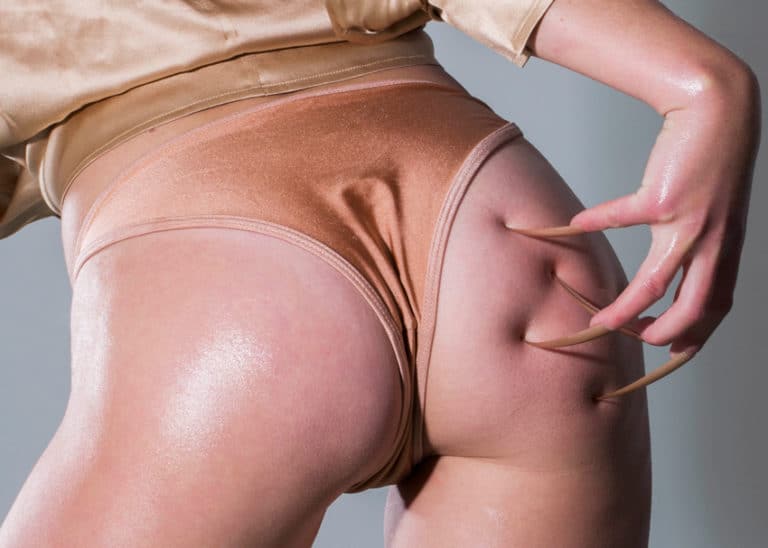Why it matters that the fashion industry is not the “second biggest” polluter

From the Fast Company, the Guardian, industry leaders and countless other media platforms to documentaries, panel discussion, tweets and shares, the world has been under the impression that the fashion industry is the second most polluting in the world. However, following a New York Times investigation and an article by Vanessa Friedman, the company’s fashion director and chief fashion critic, we now know that this has been one encapsulating, relatively untraceable, perpetuating piece of fake news.
Now, we’re more familiar with fake news being used as a tool for propaganda from the right, often to exacerbate extremism or negatively influence the public—Trump comes to mind, Brexit too, alongside Fox News, Breitbart and fellow dominating partisan voices. Rarely is fake news used for causes such as addressing climate change, or to support pro-immigration policies. Which is why the revelations that the fashion industry is not the second most polluting in the world, but instead possibly the fourth or fifth, comes with a strange reception, to say the least. Because, what are the implications of this false information, when the fashion industry really is one of the most polluting and action to reduce emissions from the textile industry has only benefitted not harmed our planet?
There isn’t one person or platform that is accountable for the circulation of the fake information that the fashion industry is the “second biggest” polluter. In fact, in trying to trace back to its origin, the New York Times found itself speaking to news outlets including One Green Planet, who has pulled out this information from Eco Watch site that is quoting sustainable fashion designer Eileen Myles, who has now admitted to having adopted the false fact from a 2015 documentary by Andrew Morgan titled The True Cost, who apparently picked up the ‘fact’ from a conference in Copenhagen and so forth. Needless to say, a single mea culpa will not be coming out from the mouth of one source.
Fashion is a consumer facing industry with a turnaround anchored in four yearly season changes and the fads that evolve faster than our Instagram feeds refresh. In that light, there is no doubt that the industry is facing some serious questions regarding its sustainability and with that, more progressive designers and brands are set on creating new types of fabrics; implementing cleaner techniques for fabric dying and reshaping the communication and status quo surrounding the consumption of fashion. In that light, what’s so damaging about the “second biggest” title anyway?
“It’s so shocking, so catchy and so easy to believe.” Writes Friedman. And while the “second biggest” premise is seemingly harmless (it ultimately has encouraged positive action in putting pressure on the textile and shoe manufacturing industries to address their high levels of water pollution), in order to face the fashion industry’s highly polluting habits and lay down some concrete routes for global action, we need to know the real facts. As “only then can we really grapple with the actual problem in all its complicated, multifaceted reality.”
The word of the year by Dictionary.com is ‘misinformation’. Equally, Oxford Dictionary’s word of the year is ‘toxic’. If we want to strive for a world where fact and truth matters, for the sake of positive causes as much as for negative, those who care about the truth cannot pick and chose it according to convenience. Indeed, the hyperbolic and catchy “second biggest” has arguably been powerful in shifting the narrative around the disposable habits of how we consume fashion, but “does the end justify the means? Or does this push us further down the slippery slope of alternative facts on which we are currently sliding?” as Friedman writes. Those fighting against the extremist-inspired of fake news need to be equally careful to not fall into the same habits and pitfalls.
In a time when truth and facts are not just crucial for us to determine realistic solutions but are important for maintaining the integrity of the issue, whether the fashion industry is number two or number five makes a big difference. In regards to the fashion industry, let us take a note that it is not the second most polluting, but in the same breath, let’s also make sure it is still treated as the environmentally damaging industry that it, ultimately, is.




